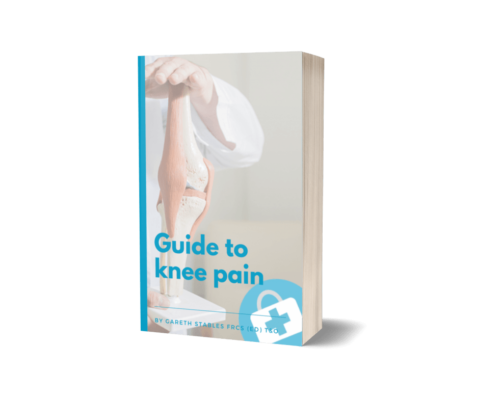How to Reduce Your Risk of Falls and Other Injuries with Physical Activity

What is Frailty?
Frailty is a state of increased vulnerability to adverse health outcomes, such as falls, disability, hospitalization, and death. It is characterised by a decline in physical function, muscle mass, and energy levels. Frailty is a common condition, affecting up to 50% of people over the age of 85.
The Relationship Between Frailty and Activity
There is a strong relationship between frailty and activity. People who are frail are less likely to be physically active, and people who are less physically active are more likely to become frail. This is because physical activity helps to maintain muscle mass, strength, and endurance, all of which are important for preventing frailty.
Why It Is Important to Be Active If You Are Frail
If you are frail, it is important to be active. Physical activity can help to improve your physical function, muscle mass, and energy levels, all of which can help to prevent further decline and improve your quality of life.

Physical activity can provide a number of benefits for people who are frail, including:
- Improved physical function: Physical activity can help to improve balance, strength, and endurance, all of which can help to reduce the risk of falls and other injuries.
- Increased muscle mass: Physical activity can help to increase muscle mass, which can help to improve strength and mobility.
- Reduced fatigue: Physical activity can help to reduce fatigue, which can make it easier to participate in daily activities.
- Improved mood: Physical activity can help to improve mood and reduce stress levels.
- Increased quality of life: Physical activity can help to improve overall quality of life by reducing the risk of chronic diseases and improving physical and mental health.
There are many different types of physical activity that are safe and effective for people who are frail. Some examples include:
- Walking: Walking is a low-impact activity that can be done at any pace.
- Tai chi: Tai chi is a gentle form of exercise that can help to improve balance, flexibility, and strength.
- Yoga: Yoga is a mind-body practice that can help to improve flexibility, strength, and balance.
- Water aerobics: Water aerobics is a low-impact activity that can be done in a pool.
- Strength training: Strength training can help to improve muscle mass and strength.
It is important to start slowly and gradually increase the intensity and duration of your activity as you become more fit. You should also talk to your doctor before starting any new exercise program.
Here are some tips for getting started with an exercise program:
- Set realistic goals. Don't try to do too much too soon.
- Find an activity that you enjoy. This will make it more likely that you will stick with it.
- Find a buddy to exercise with. This can help to provide motivation and support.
- Listen to your body. If you are feeling pain, stop and rest.
- Talk to your doctor before starting any new exercise program.
If you are frail, it is important to talk to your doctor before starting any new exercise program. Your doctor can help you create a safe and effective exercise plan that is right for you.
Conclusion
In conclusion, physical activity can provide a number of benefits for people who are frail, including improved physical function, increased muscle mass, reduced fatigue, improved mood, and increased quality of life. There are many different types of physical activity that are safe and effective for people who are frail, including walking, tai chi, yoga, water aerobics, and strength training. It is important to start slowly and gradually increase the intensity and duration of your activity as you become more fit. You should also talk to your doctor before starting any new exercise program.
If you are frail, it is important to be active and to talk to your doctor about a safe exercise program. Your doctor can help you create a safe and effective exercise plan that is right for you.
Here are some additional tips for staying active if you are frail:
- Find an activity that you enjoy and that fits your fitness level.
- Set realistic goals and gradually increase your activity level over time.
- Find a buddy to exercise with for support and motivation.
- Listen to your body and rest when you need to.
- Talk to your doctor before starting any new exercise program.
By following these tips, you can improve your physical function, increase your muscle mass, reduce your fatigue, improve your mood, and increase your quality of life.


